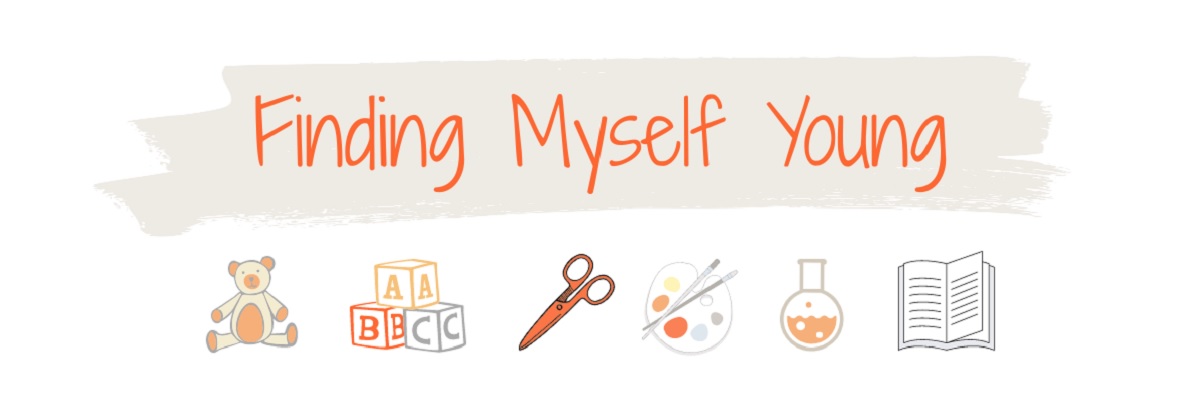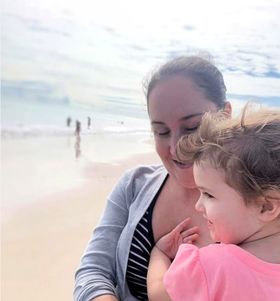Did you know most people spend the majority of their time at home in bed asleep?
Maybe that's not entirely accurate for those of us who are up and down all night tending to small children, but on average most people spend a third of each day in bed. When you factor in hours spent working, travelling to work, and out socialising this means sleeping, or laying in bed trying to sleep, is the longest activity we do while at home. Despite all the time spent in bed, ensuring a clean and healthy sleep environment can often be overlooked. I've been guilty of this myself, forgetting to do things like regularly washing sheets and flipping the mattress. It makes me cringe knowing what I do now.
WHAT'S REALLY LURKING INSIDE YOUR MATTRESS?
While you may not actually realise it, your mattress is probably one of the dirtiest areas of your home, even if the rest of your house is spotless. Each night while we're sleeping we're also shedding millions of dead skin flakes and losing up to 1L of sweat. It's a bit disturbing when you think about it isn't it? All of that soaks directly into the mattress, providing the perfect breeding ground for bacteria. So what are you really sleeping on?
> Allergenic particles such as dead skin cells, pet dander and dust mite waste.
> Dust mites are microscopic {less than half a mm} and can't be seen by the naked eye. They feed off dead skin cells. An unprotected mattress generally has 100000 to 2 million dust mites inside. While they don't bite, their waste is a common trigger for asthma and allergic reactions. Each dust mite produces 10-20 waste particles a day. Up to 30% of the population are allergic to dust mite waste {and if you're not it's still gross knowing they're crawling around in there}.
> Bed Bugs are becoming increasingly common in Australia. They're small {4-6mm} parasitic bugs that feed off human blood. Yes you read that right, they eat our blood. Ouch. Their bites can cause skin reactions such as redness, swelling and itching.
> Bacteria and mould can grow as a result of moisture.
> Stains can result from sweating, bed wetting and accidental spills.
Most mattresses look relatively clean on the surface, but lurking below is a veritable delight of excrement soup which is also a never-ending smörgåsbord for microscopic bugs. Thankfully though there are many ways to combat the nasties that want to take refuge in your bed.
HOW TO KEEP YOUR MATTRESS CLEAN
One of the easiest ways to protect a mattress from uninvited guests is to use a mattress protector. A mattress protector sits directly over, or completely encases, a mattress to provide a waterproof protection layer between the person sleeping and the mattress. It creates a barrier to shield against potential bugs, skin cells, spills and moisture.
As well as the allergen benefits of fitting a mattress protector, they're also particularly useful for small children who naturally bed wet or people who are prone to incontinence issues. I'm 100% guilty of thinking mattress protectors were something only used for kids who wet the bed, but mattress protectors play an important part in prolonging the life of a mattress and are often an overlooked requirement of mattress replacement guarantees.
In addition to using a protector, it's also recommended all bedding is washed regularly and vacuuming the mattress itself will reduce the amount of dead skin cells and dust mites present.

WHY WE CHOSE THE PROTECT-A-BED SIGNATURE TENCEL RANGE
When researching different types of mattress protectors and their various benefits, I chose tencel mattress protectors for our family. Tencel is the common name used for lyocell and modal fibres. I'm very familiar with tencel having managed a clothing store for many years before I had children. It has a lovely soft feel and wears well. The fibers are softer than silk, cooler than linen, more absorbent than cotton, but still super strong.
THE BENEFITS OF TENCEL
Sustainable Manufacturing process
Tencel is a cellulose fiber derived from regenerated wood pulp. It's sourced from eucalyptus trees sustainably harvested from tree farms. There are no pesticides or synthetic solvents used in the production process. Tencel production is a closed loop environmentally sound process which recycles process water and recovers more than 99% of the non toxic solvent used.
Biodegradable
In addition to the manufacturing process having an extremely low ecological impact, lyocell and modal fibres are certified biodegradable and compostable.
Moisture Wicking
Tencel is naturally moisture wicking meaning it draws moisture to the fibre core leaving the surface feeling dry.
Thermal Regulation
Tencel's moisture absorption and breathability supports the body's natural thermal regulation helping to keep cool in summer and warm in winter.
Odourless Non Allergenic Fibres
Because tencel absorbs moisture so well there's less moisture on the surface for bacteria to grow. Up to 2000 less bacteria grow on tencel in comparison to synthetic fibres. Supported by the Eczema Association as Sensitive Skin Tried and Tested, it's a great fabric choice for people with sensitive skin, eczema or rhinitis.
Machine Washable & Quick Drying
Tencel is machine washable and also dries very quickly which is extremely beneficial on bed washing day. Nobody wants to still have wet bedding at bed time!
I have to admit I haven't always used a mattress protector on our current mattress, I didn't really think it was a big deal for us, but I've always had them on the kids beds. I always associated them with bed wetting, hence having them for the kids. After I started researching everything that can be lying underneath us while we're asleep I started to feel ill, especially with a partner who sweats profusely overnight. Our mattress is almost ten years old now, and with my newfound knowledge of what's lurking underneath we're thinking of replacing it soon, and will definitely be using a mattress protector 100% of the time with the new one. I'm even going to get a spare one and I've got tencel pillowcase protectors for our pillows too.
Have you always used a mattress protector on your mattress?
Toni x
Disclosure - We were kindly gifted mattress protectors of our choice from Protect-A-Bed®. I did not receive monetary payment for this post.













We had a vacuum demo in hour home and she vacuumed a small section of our mattress. It was shocking to see the result! I vacuum our mattresses regularly now, it was never a thought before. #openslather
ReplyDelete